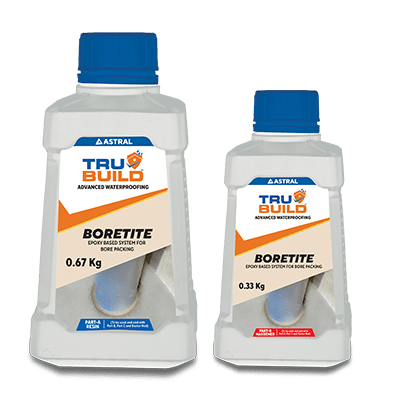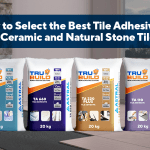Introducing Waterproofing Membrane: Best Weather-Resistant Solutions
Apr 23, 2024
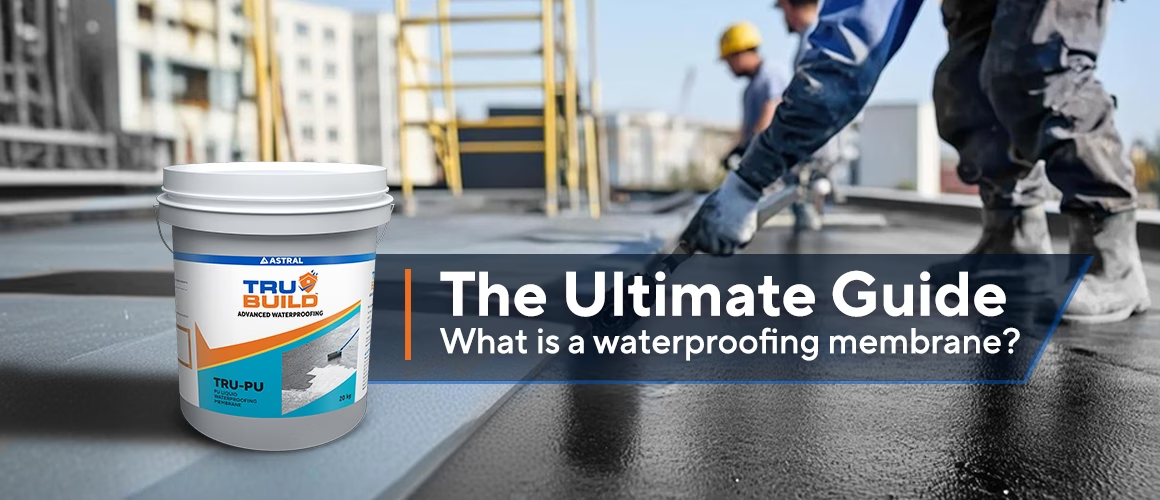
Waterproofing membranes are a barrier against water infiltration in any construction project. Without them, moisture seeps into structures and causes cracks. Over time, this leads to mould growth and serious structural damage. Whether you are constructing a new building or renovating an existing one, understanding waterproofing membranes and their applications can help you avoid costly repairs.
What is a Waterproofing Membrane?
A waterproofing membrane is a protective, water-resistant barrier applied over a surface to prevent water penetration. It safeguards structures from moisture-related damage by forming a continuous layer that blocks water intrusion. Membrane waterproofing is essential in areas exposed to prolonged moisture or direct water contact.
Why is a Waterproofing Membrane Important?
Water infiltration can severely damage a building over time, leading to peeling paint, weakened walls, rusted beams, and mould growth. A well-applied waterproofing membrane acts as a durable barrier, preventing moisture penetration and ensuring long-lasting protection.
By keeping water out, the waterproofing membrane safeguards the structural integrity of homes and commercial buildings and enhances energy efficiency by reducing humidity levels. This helps maintain indoor temperatures. Whether used on rooftops, basements, or wet areas, a high-quality waterproofing membrane creates a secure, leak-proof environment that extends the lifespan of any structure.
Types of Waterproofing Membranes
Waterproofing membranes come in two primary types:
- Sheet Membranes – Pre-manufactured rolls made from bitumen, PVC, or rubber, ideal for uniform coverage in flat and wide areas like roofs and foundations.
- Liquid-Applied Membranes – Applied as a liquid and then solidified into a seamless, joint-free layer. This makes them perfect for complex shapes and detailed areas like bathrooms and terraces.
Where Are Waterproofing Membranes Used?
The versatility of membrane waterproofing allows them to be applied across different areas, each with unique protection requirements:
- Roofs and Terraces – Exposed to direct rain and sunlight, requiring UV and weather-resistant protection.
- Basements and Foundations – Constant contact with groundwater, which needs high resistance to hydrostatic pressure.
- Bathrooms and Wet Areas – Frequent water exposure demands a seamless, flexible barrier to prevent leakage.
- Retaining Walls – Must block moisture from the soil while allowing controlled drainage to prevent structural weakening.
How to Apply a Waterproofing Membrane?
Applying a waterproofing membrane may sound like a challenging task, but it is manageable with proper preparation. Here are some tips to help:
- Clean the Surface: Make sure the surface is clean, dry, and free of dust or debris. This is vital for the membrane to adhere properly.
- Repair Cracks: Fill any cracks or holes with a sealant before applying the waterproofing membrane to ensure an even surface.
- Choose the Right Membrane: Decide whether you need a sheet membrane or a liquid-applied membrane based on the nature of the surface and its exposure to water.
- Apply the Membrane: If using a liquid-applied system, such as a polyurethane-based product, distribute it evenly with a roller or brush. For sheet membranes, roll them out carefully and seal the overlaps tightly to prevent leakage.
- Allow Proper Curing Time: Make sure the membrane has enough time to completely dry and cure. This ensures a strong and seamless barrier.
Different products may have unique application guidelines. Always follow the manufacturer’s instructions to ensure the best results.
One Solution for All Waterproofing Needs
For those seeking a reliable and efficient waterproofing solution, Trubuild TRU PU Waterproofing Membrane stands out as an exceptional choice. This single-component, liquid-applied system combines the elasticity of polyurethane with the toughness of bitumen for superior performance. Its ease of application, seamless finish, and incredible resistance to seepages make it ideal for a wide range of uses.
Whether you are waterproofing wet areas, basements, terraces, or rooftop gardens, Trubuild TRU PU does it all. Its versatility ensures that it performs even in demanding areas like podiums and inverted roofs, especially when protected from direct sunlight for enhanced longevity.
Do not underestimate the importance of waterproofing in your construction plans. A sturdy, high-quality waterproofing membrane can be the difference between a structure that lasts decades and one that suffers early damage. With products like Trubuild TRU PU, you can rest assured your property will stay safe, dry, and structurally sound for years to come.


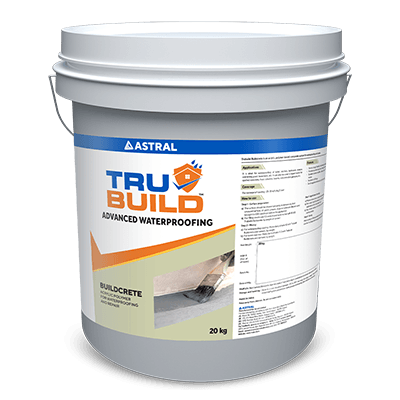

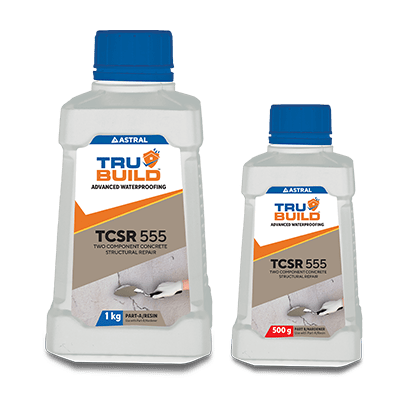


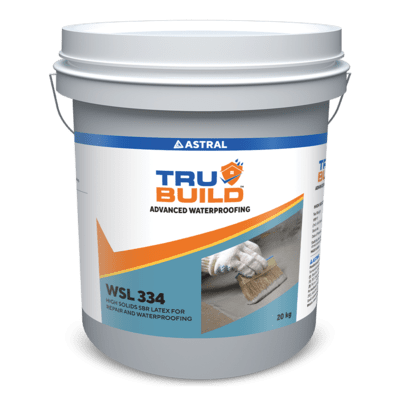
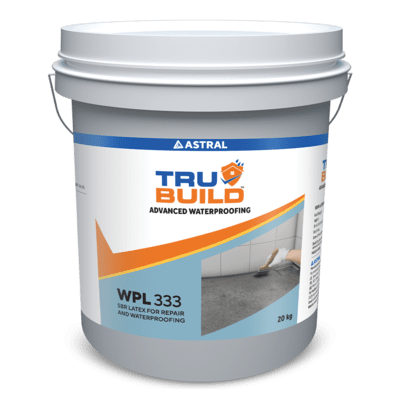
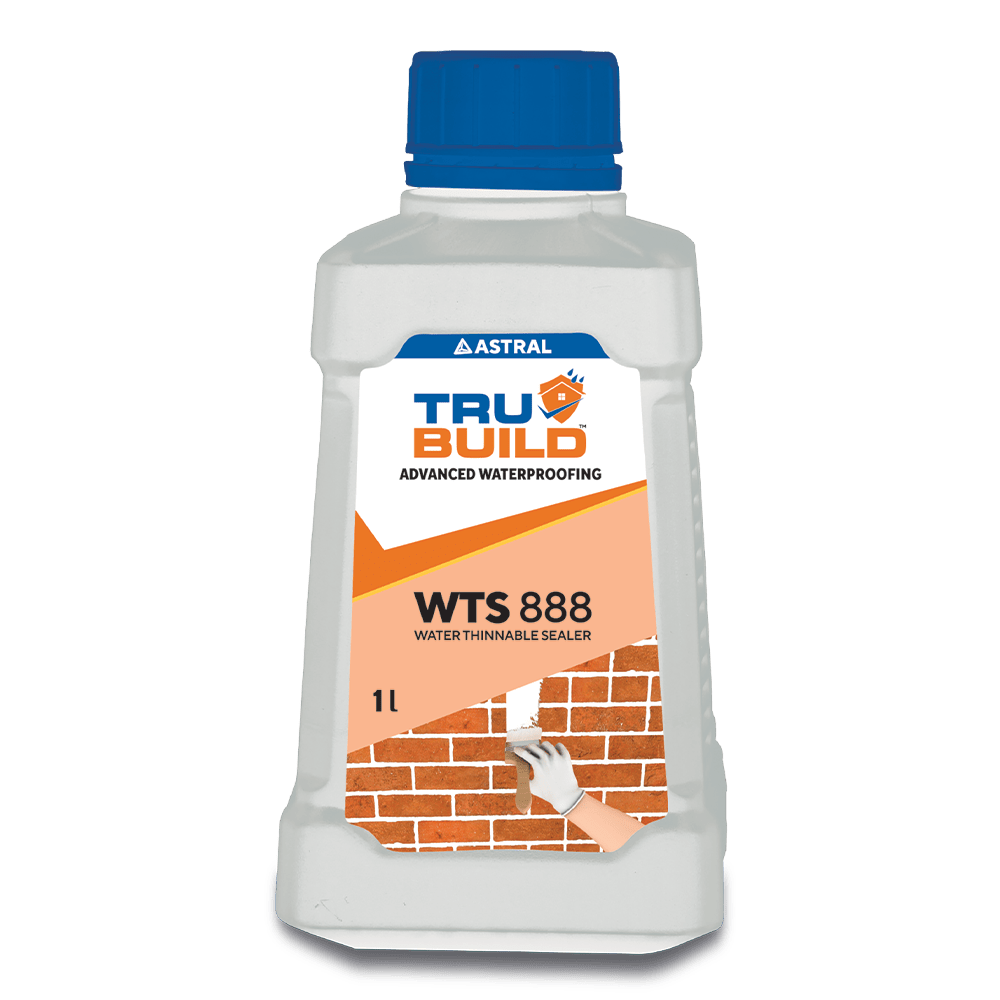



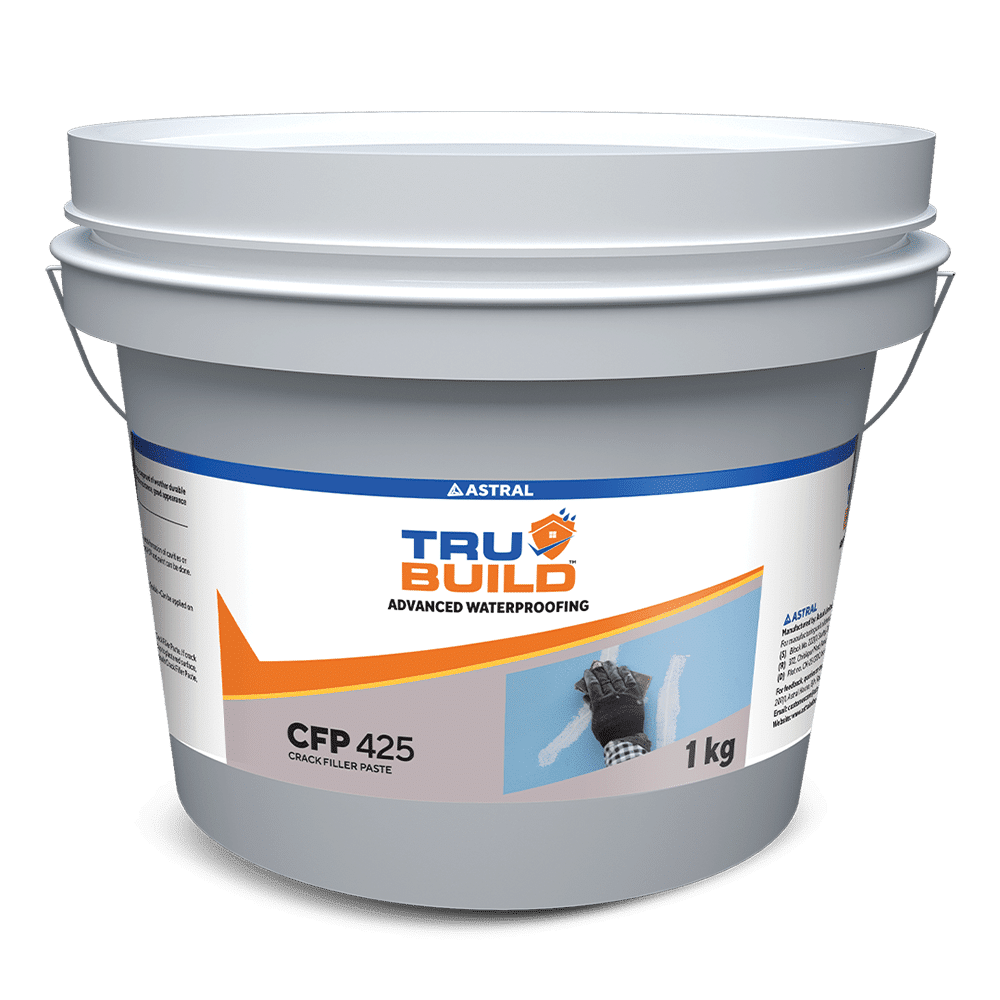




 Professional Sealants
Professional Sealants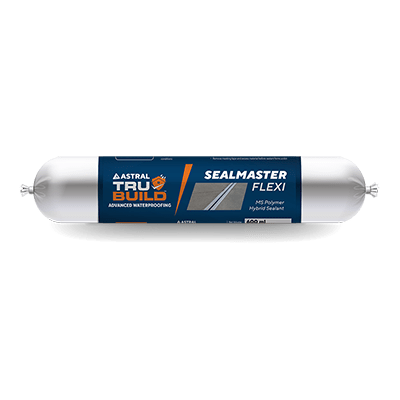
 Roof Waterproofing
Roof Waterproofing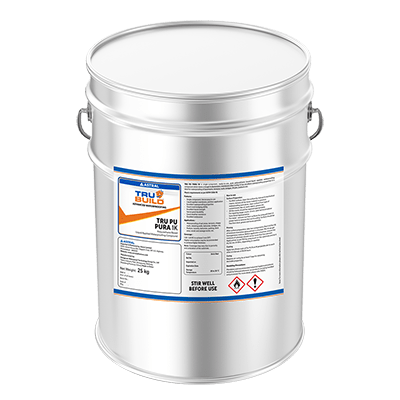
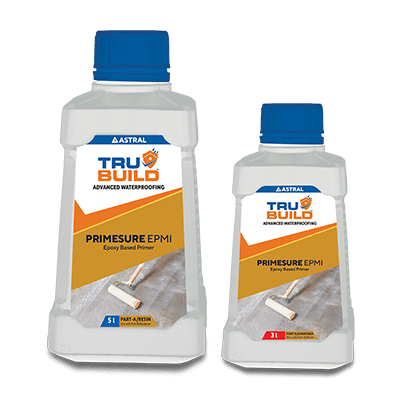



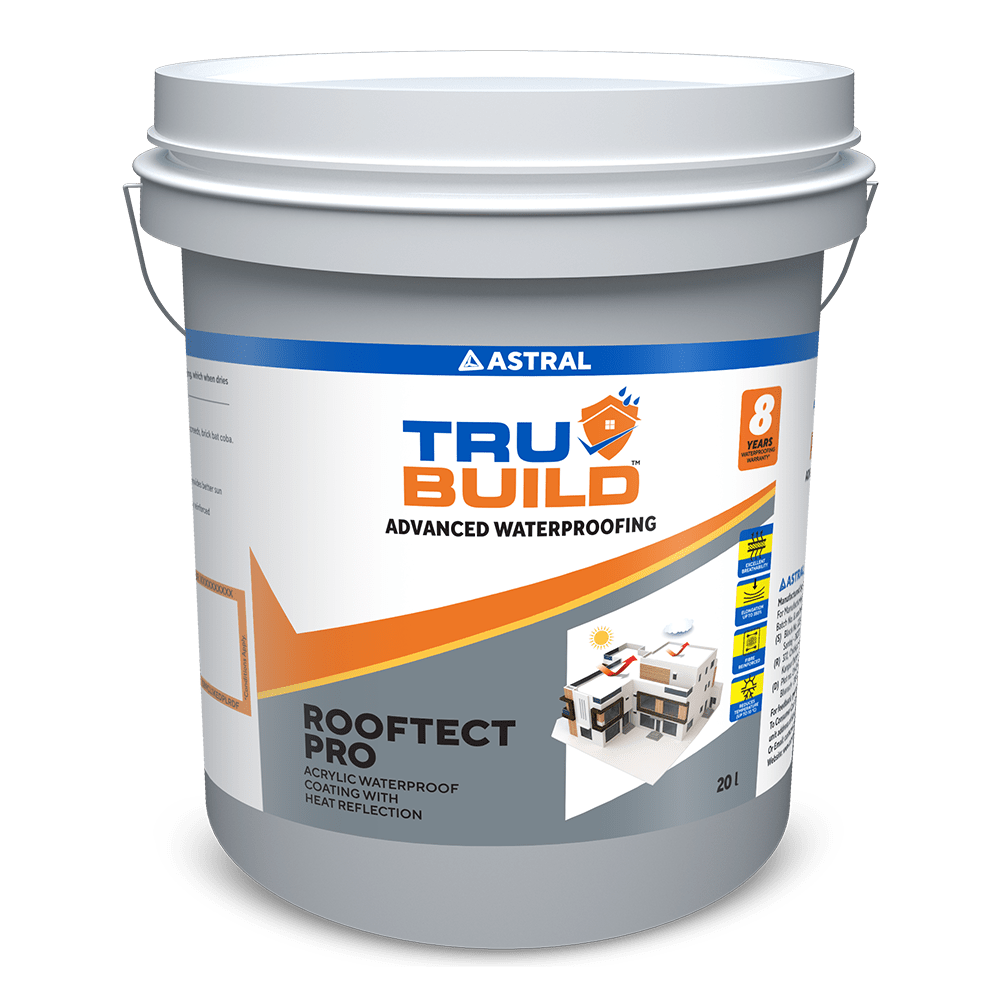
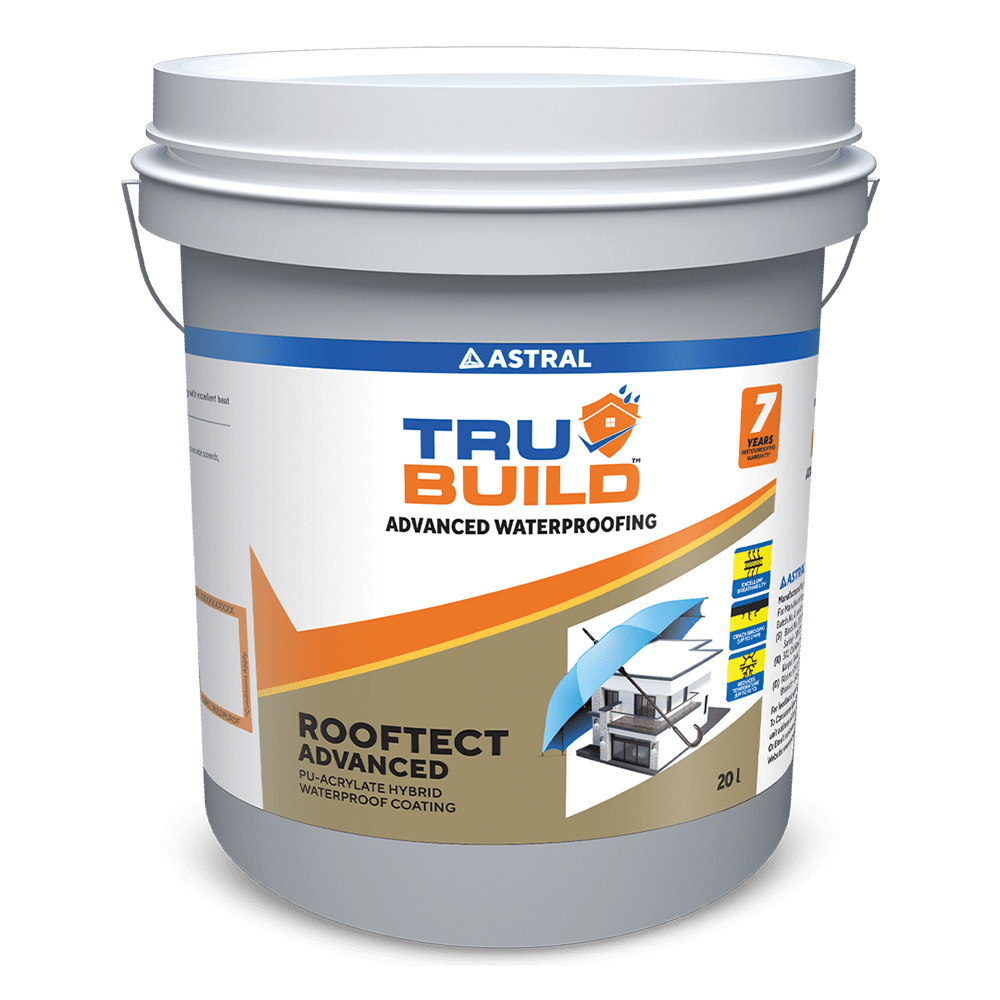
 Substructure Waterproofing
Substructure Waterproofing Tiling and Grouting
Tiling and Grouting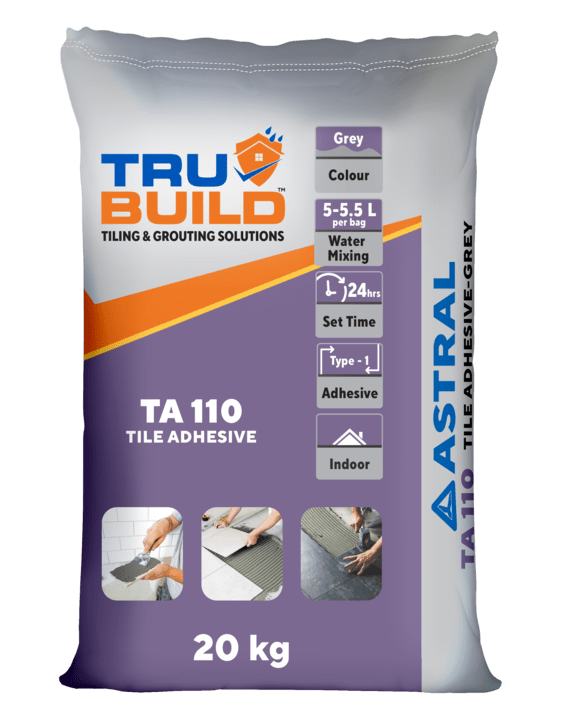
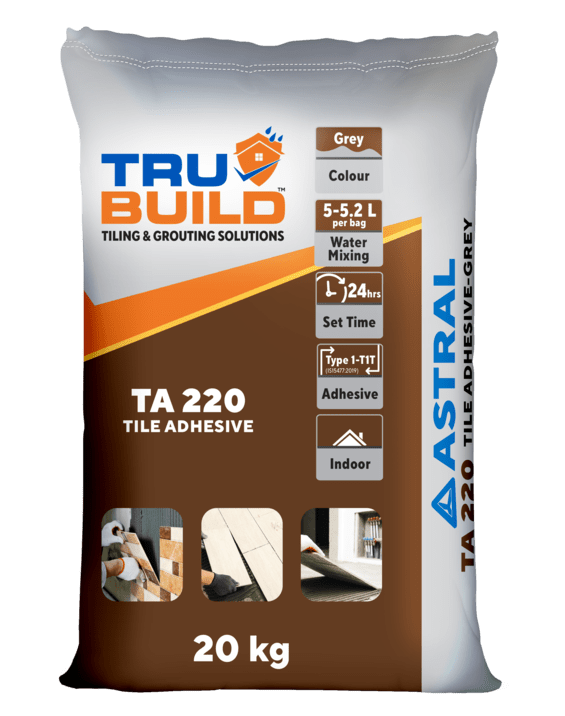

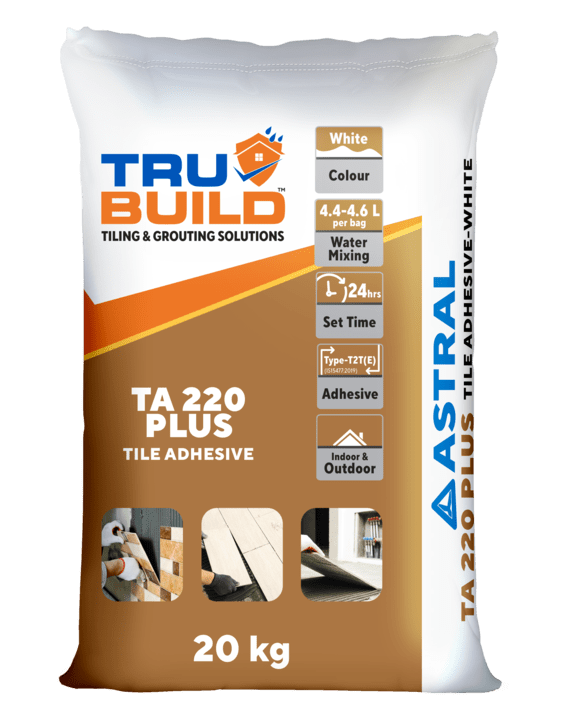
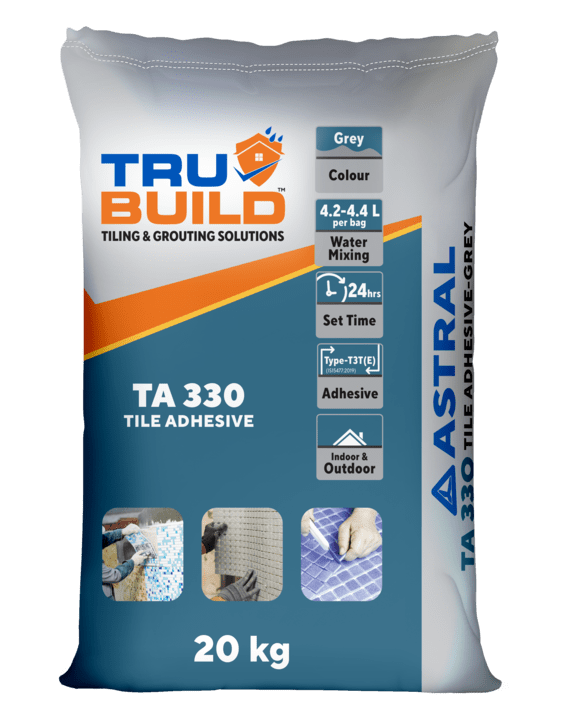
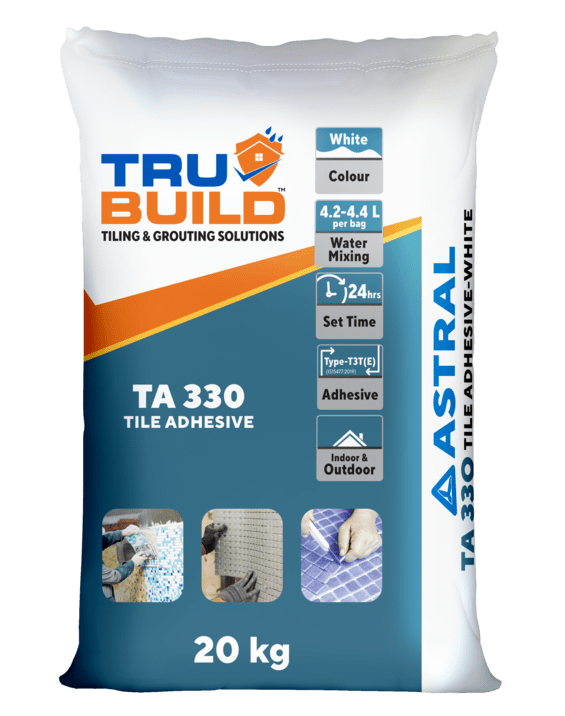
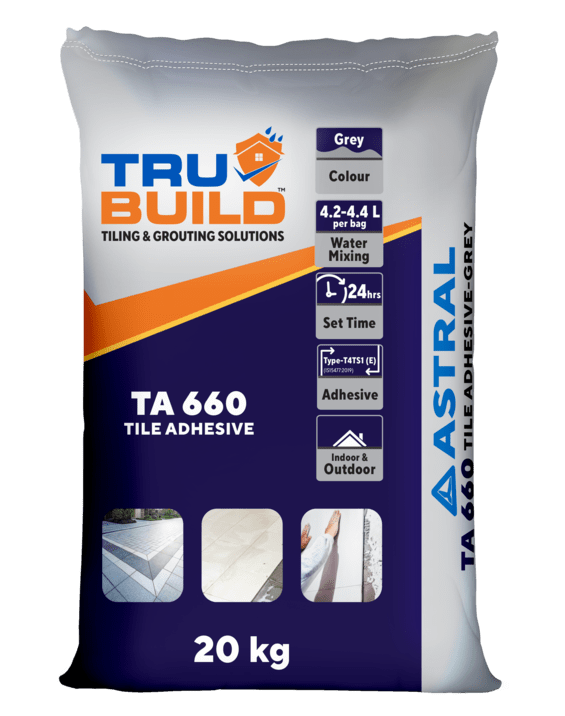
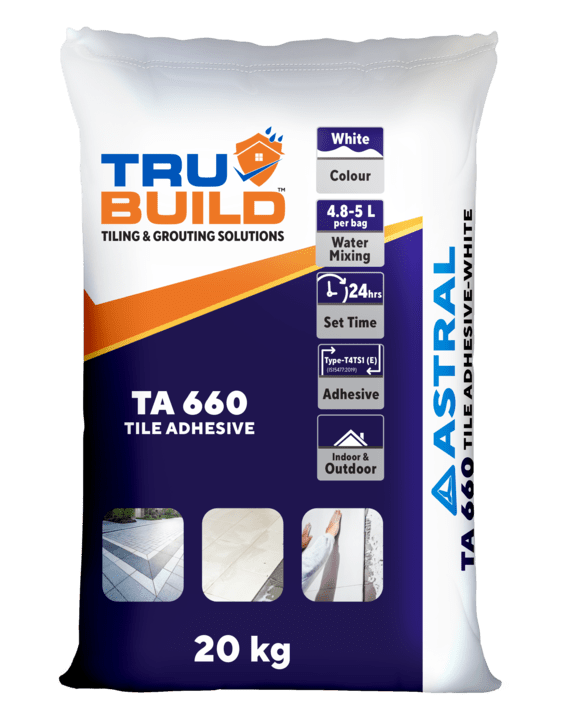



 Water Tanks and Other Areas
Water Tanks and Other Areas